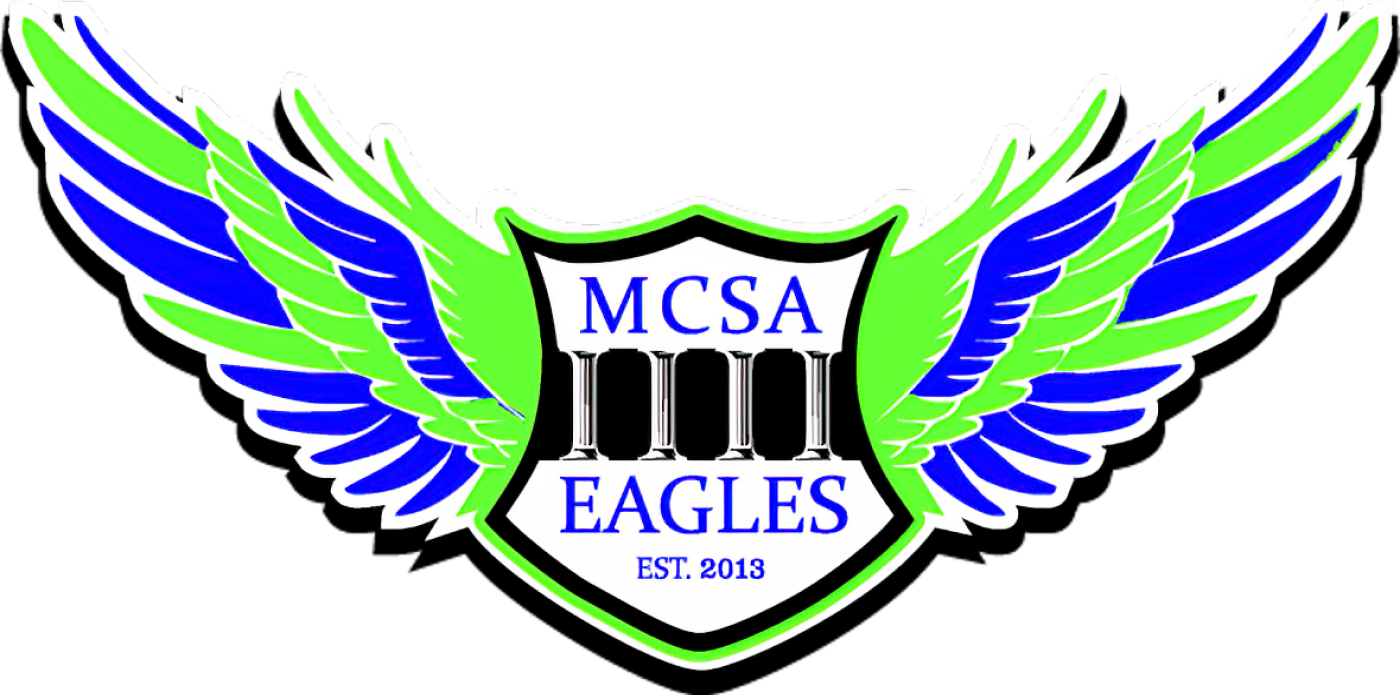More Than Just Teams: Why Pod Training Works at MCSA

Players gather on a Wednesday evening for MCSA’s pod training—where over 300 kids rotate through high-intensity stations designed to challenge, connect, and develop every athlete on the field.
At MCSA, we’re constantly evolving to create the best environment for player growth. This season, we’re expanding our pod training model—a dynamic and flexible structure designed to meet every athlete where they are developmentally.
What is Pod Training?
Pod training breaks away from the traditional “team-only” structure. Instead, players are grouped into smaller pods based on skill level, position, or specific developmental needs. These pods rotate through focused training stations that cover everything from technical skills to tactical concepts to speed/agility work.
Every Wednesday, we ran three pod sessions at Ukiah High:
-
U16 and older
-
U9 to U12
-
U14
During each session, players rotate through 3 to 6 stations—each led by a coach with a specific focus. It’s high-energy, intentional, and built to elevate every player. We are building upon that model as we continue to grow.
Why Pod Training Works
✅ Developmentally Appropriate
Pods allow players to be grouped where they’ll grow best. High performers are pushed. Players needing support get focused attention. Everyone gets what they need, when they need it.
✅ A Stronger Sense of Community
With over 100 kids on the field together, players don’t just feel like part of a team—they feel part of a club. This structure fosters relationships across age groups and a unified culture.
✅ Opportunities for Advancement
Older players—especially at U14+—are consistently evaluated in pod settings. Perform well, and you open the door for expanded playing time, dual rostering, and new challenges.
At the heart of pod training is our player-first philosophy—every decision we make is about giving each athlete the best chance to grow, improve, and stay connected to the game.
Addressing the Big Question: “What Team Is My Kid On?”
For the Fall 2025/Spring 2026 seasons, we selected age groups, not fixed teams. Why? Because most age groups will field 2–3 teams, and players will often train as one unit. Coaches will divide players into rosters for games, and many players will be dual or triple rostered to provide the best match each week based on performance, availability, and developmental needs.
If your child’s acceptance email didn’t say “Blue” or “Green,” that’s intentional. These rosters evolve, and your child will have opportunities across the season. The pod model is how we make it work.
The Role of Coaches
Pod training also allows our coaching directors to connect with every player. By working across pods, coaches gain a full picture of each player’s development. As Coach Hector Toscano puts it:
“With pod training, we’re able to see the full picture of each player’s development. It’s not just about team tactics; it’s about helping every child grow.”
Club President Shane Huff adds:
“It’s incredible to see how fast players are improving. Pod training brings energy, focus, and belonging to everything we do.”
What’s Next?
Wednesday pods are now a cornerstone of our training model, supported by age-group training 1–2 other days a week. The energy, the effort, and the growth are undeniable.
Questions? Reach out to Boys Director, Felipe Chavez: FChavez@MendocinoSoccer.com or Girls Director, Hector Toscano: HToscano@MendocinoSoccer.com.
